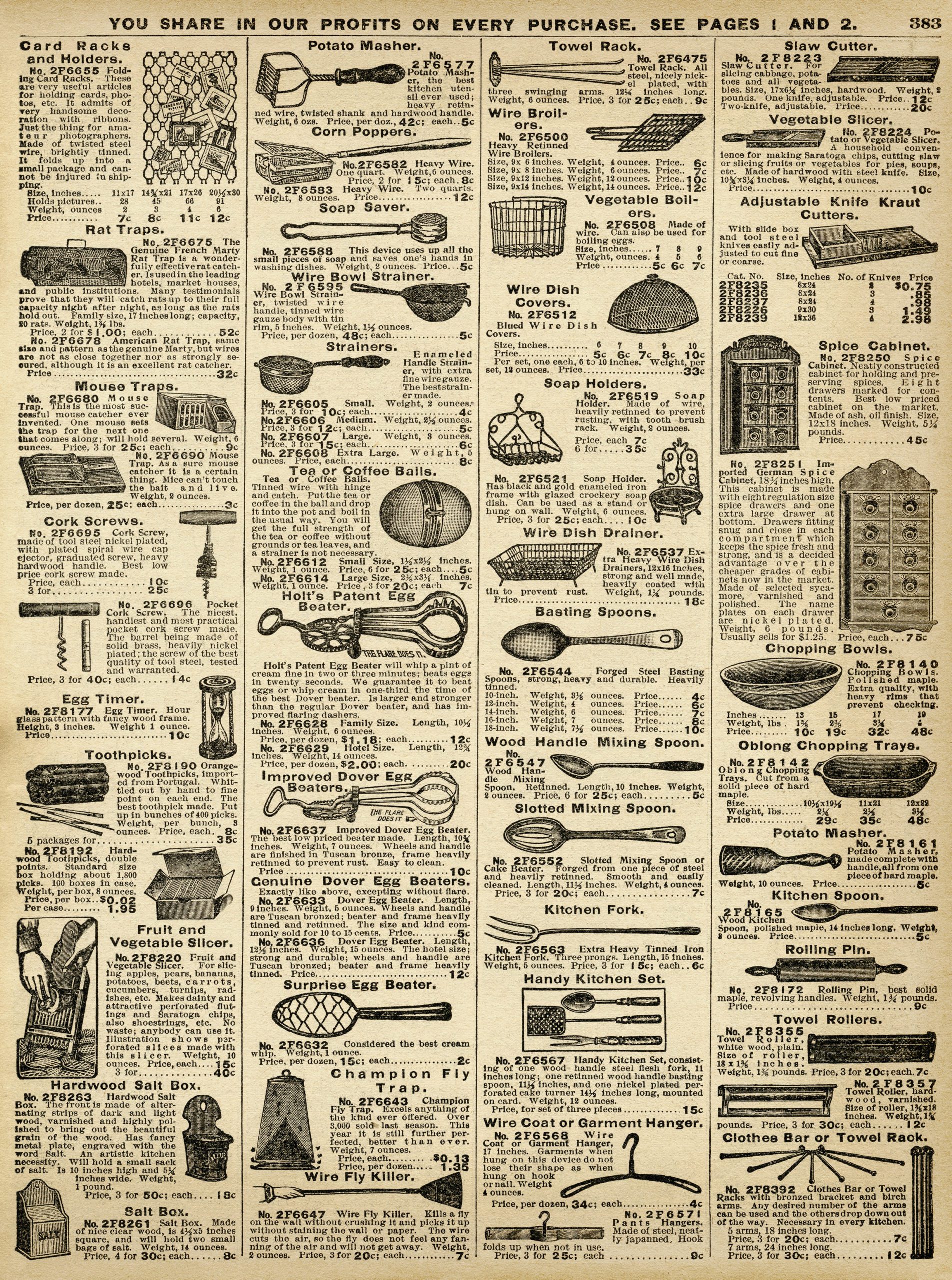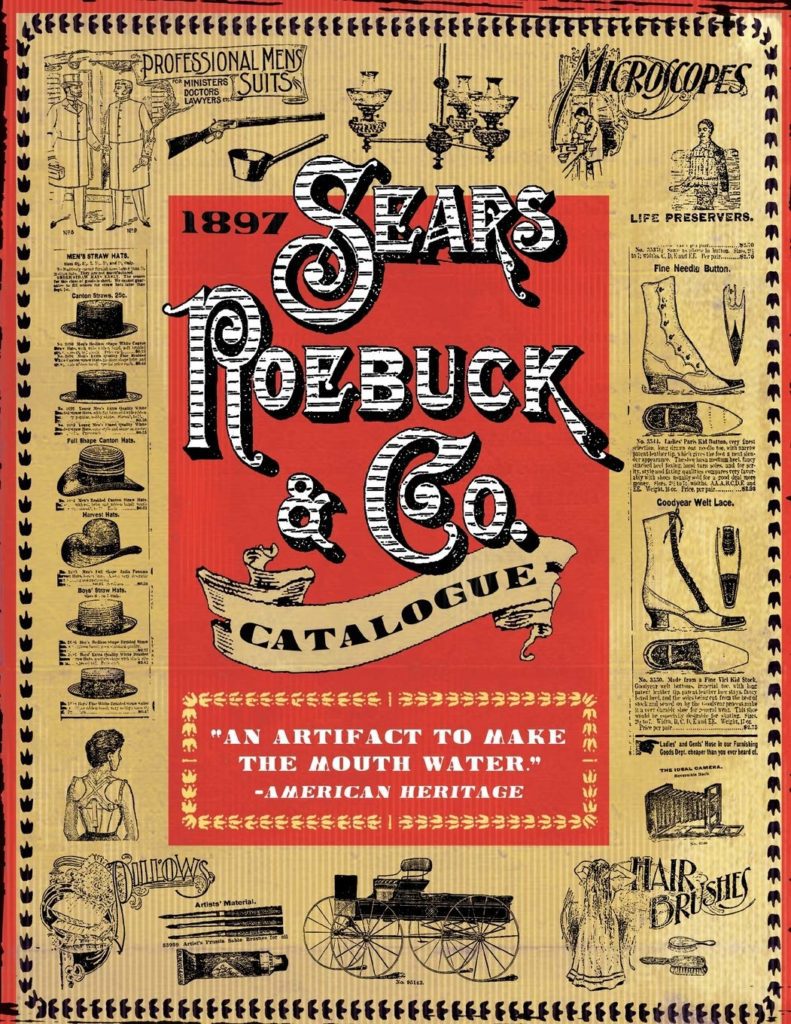“Knowing the history of the industry you’re in is one of prerequisites for making real money in it.”
-Dan Kennedy
In the bustling landscape of marketing, where strategies evolve and trends shift like the sands of time, one approach has stood the test: Direct Response Marketing.
It’s a tapestry woven with threads of innovation, consumer psychology, and technological advancement, tracing its roots back centuries.
Join me as we embark on a journey through the annals of history to uncover the rich history and evolution of direct response marketing.
Origins: The Birth of Direct Response

Direct response marketing’s roots can be traced back to the dawn of commerce itself.
Think back to ancient civilizations, where merchants employed persuasive techniques to sell their goods in bustling marketplaces. These early traders understood the power of engaging directly with potential customers and building relationships with them, employing tactics to elicit an immediate response.
Fast forward to the 19th century, and the advent of print media heralded a new era for direct response marketing. Pioneers like Aaron Montgomery Ward, with his groundbreaking mail-order catalog, revolutionized the way products were marketed and sold.
Through the use of:
- Compelling copy
- Enticing offers
- And convenient ordering mechanisms
Ward laid the foundation for modern direct response advertising.
The Rise of Mail-Order and Catalogs

The late 19th and early 20th centuries witnessed the meteoric rise of mail-order advertising.
Companies like Sears, Roebuck and Co. capitalized on the burgeoning postal system to reach consumers in far-flung corners of the country. With the introduction of the Rural Free Delivery system in 1896, mail-order catalogs became a ubiquitous presence in American households, offering everything from clothing and household goods to farming equipment and even prefabricated houses.
These catalogs served as more than just a means of purchasing goods – they represented a direct line of communication between companies and consumers.
By leveraging:
- Compelling imagery
- Detailed product descriptions
- And irresistible offers
marketers enticed customers to make purchases without ever setting foot in a physical store.
The Emergence of Direct Mail

As the 20th century progressed, direct response marketing continued to evolve, with the advent of direct mail becoming a prominent channel for reaching consumers.
Marketers refined their targeting strategies, using data analysis and consumer psychology to identify and segment potential customers based on:
- Demographics
- Purchasing behavior
- And other key indicators.
Direct mail campaigns became increasingly sophisticated, employing personalized messaging and creative design to capture the recipient’s attention.
From sales letters and postcards to multi-page brochures, marketers experimented with various formats to maximize response rates and drive sales.
Celebs such as:
ALL made their first couple million using direct response marketing.
Television and the Infomercial Revolution
The latter half of the 20th century witnessed the rise of television as a dominant advertising medium, giving birth to the infomercial – a quintessential example of direct response marketing in action.
Infomercials captivated audiences with:
- Engaging demonstrations
- Persuasive testimonials
- And no-brainer offers
all designed to prompt an immediate response.
Icons like Ron Popeil and Billy Mays became synonymous with the infomercial genre, using their charismatic personalities to sell everything from kitchen gadgets to cleaning products. With the advent of toll-free 800 numbers, viewers could place orders conveniently from the comfort of their own homes, further fueling the success of direct response television campaigns.
The Digital Revolution and Beyond

The dawn of the digital age brought about seismic shifts in the marketing landscape, ushering in new opportunities and challenges for direct response marketers.
The internet opened up a vast array of channels for reaching consumers, including:
- SEO
- Social media
- And online video.
With the proliferation of e-commerce platforms and digital advertising networks, marketers gained unprecedented access to data and analytics, allowing for real-time optimization and personalized targeting at scale.
Today, direct response marketing continues to evolve, fueled by:
- Advances in tech
- Changes in consumer behavior
- And shifting regulatory landscapes.
The Future of Direct Response Marketing
As we look ahead to the future, the fundamentals of direct response marketing remain as relevant as ever.
While the channels and tactics may continue to evolve, the core principles of:
- Engaging directly with consumers
- Delivering compelling offers
- And eliciting an immediate response
will endure.
In an age of increasing competition and saturation, the ability to cut through the noise and forge meaningful connections with customers will be paramount.
Whether through traditional channels like direct mail and television or emerging platforms like social media and mobile apps, direct response marketers will continue to adapt and innovate, leveraging new technologies and insights to drive results.
Conclusion
Direct response marketing is a journey – one that spans centuries and traverses continents.
From its humble beginnings in ancient marketplaces to its modern-day incarnation in the digital realm, it has remained a powerful force in the world of advertising.
As we reflect on its storied history, we are reminded of the enduring principles that have guided its evolution:
- Innovation
- Creativity
- And a relentless focus on driving results.
As we navigate the ever-changing landscape of marketing, let us draw inspiration from the trailblazers who came before us, and embrace the spirit of direct response – the art of engaging, persuading, and inspiring action.
For in the world of marketing, as in life, the journey is often as rewarding as the destination.
Want to learn more about applying these principles to online business?
You May Also Like:
"What Are The 5 Stages Of Customer Awareness?"
You Will Not Believe How Much This Can Of Air Is Selling For
Exposed! The Secret Million-Dollar Skill You’re Missing - And It’s NOT What You Think
REVEALED: The #1 Bottleneck To Your Business Growth (And How To Fix It)
Life and Business: A War of Attrition Where the Longest Time Horizon Wins
How to Create a Business Moat: Find Your Unfair Advantage
Why I Run A Lifestyle Business
Swipe File Ammo: 1400+ Headlines, Calls To Action, Power Words, and Transitions To Help Increase Con...
My name is Mister Infinite. I've written 600+ articles for people who want more out of life. Within this website you will find the motivation and action steps to live a better lifestyle.


